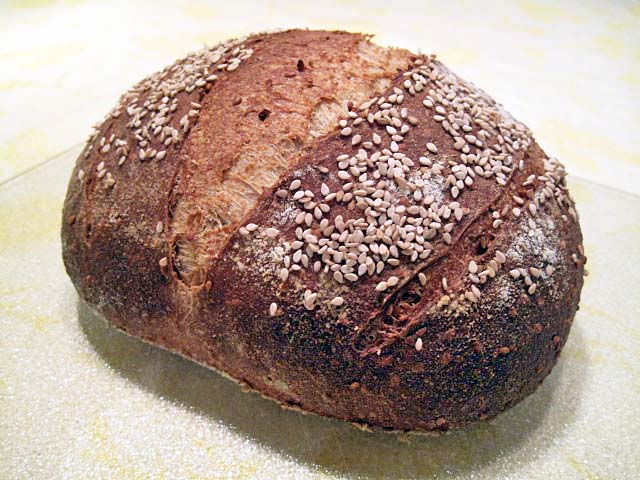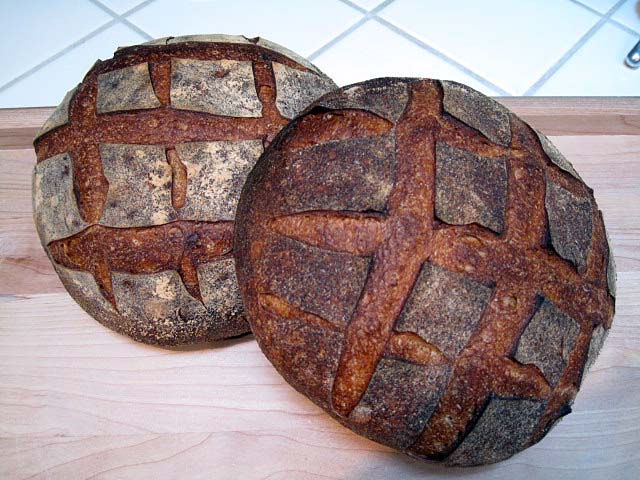Back from Portland
We're back from Portland after a relaxing week in the city and at the beach.
It's really hard to decide where to have breakfast - at Stumptown Downtown for the best espresso (and good bagels or decent pastries) or the Pearl Bakery for the best bread and pastries (and decent espresso). We opted for the Pearl Bakery.

Gibassier and Cappuccino at Pearl Bakery






